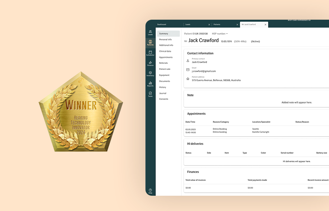
Co-Author: Leon-Vincent Fonai
Understanding Modern Hearing Aids
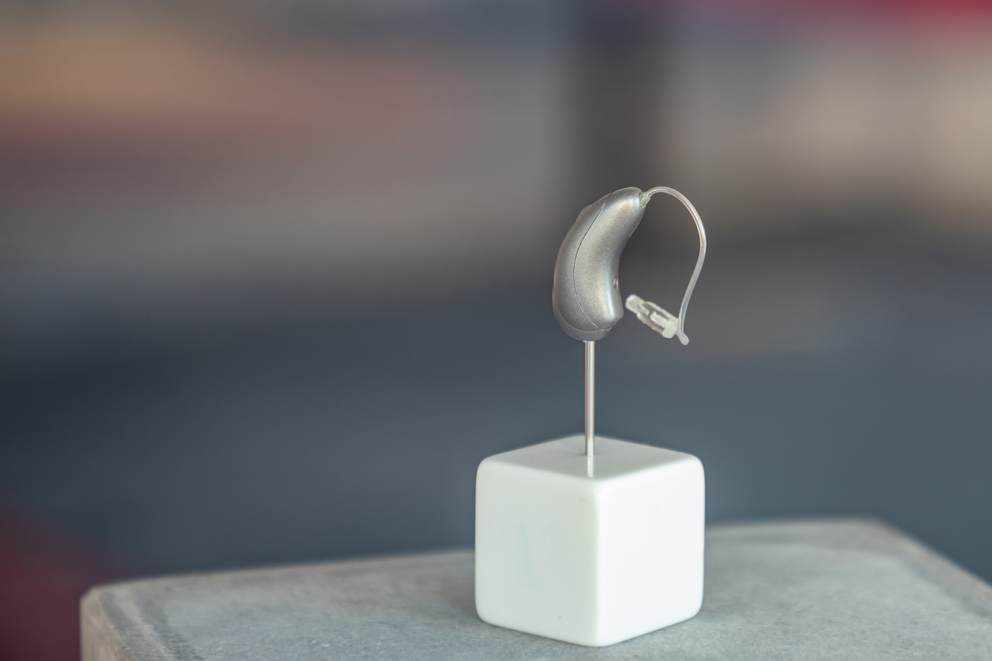
Do your patients understand modern hearing aids? Some people may still think that hearing aids are big and clunky, uncomfortable devices. That couldn't be further from the truth. Today's hearing aids are technically advanced and equipped with many valuable features tailored to enhance and improve patients’ hearing, including:
Wireless Connectivity
Bluetooth connectivity lets patients stream audio from their smartphones, televisions, laptops, and other devices directly to their hearing aids. This enhances their listening experience and improves their ability to communicate.
Customizable Settings and Remote Control Apps
Customizable settings allow users to tailor their listening experiences to their unique preferences and environments. This means they can adjust the volume, noise reduction settings, and directionality to optimize their hearing aids’ performance in various situations (e.g., a noisy restaurant, a windy day, a quiet night at home), conveniently from a smartphone app.
Speech Enhancement
Many patients appreciate having hearing aids with speech enhancement features, which make conversations easier to understand. This feature amplifies speech while suppressing background noise. This helps the patient participate more fully in conversations, even in loud environments, like restaurants, bars, and theaters.
Directional Microphones
Directional microphones can adjust to pick up sounds from any direction, allowing the patient to better hear conversations and other sounds happening around them. This feature also helps reduce distracting background noise.
Feedback Suppression
This helpful feature helps reduce the frustrating and annoying high-pitched whistle of hearing aid feedback. Feedback suppression technology is becoming more common to help reduce bothersome, irritating feedback from the devices.
Rechargeable Batteries
Some modern hearing aids come with rechargeable batteries that can be charged simply by plugging them in – much like you’d charge a smartphone. This is an easy, convenient, eco-friendly feature that many patients appreciate.
Proper Fitting and Customization
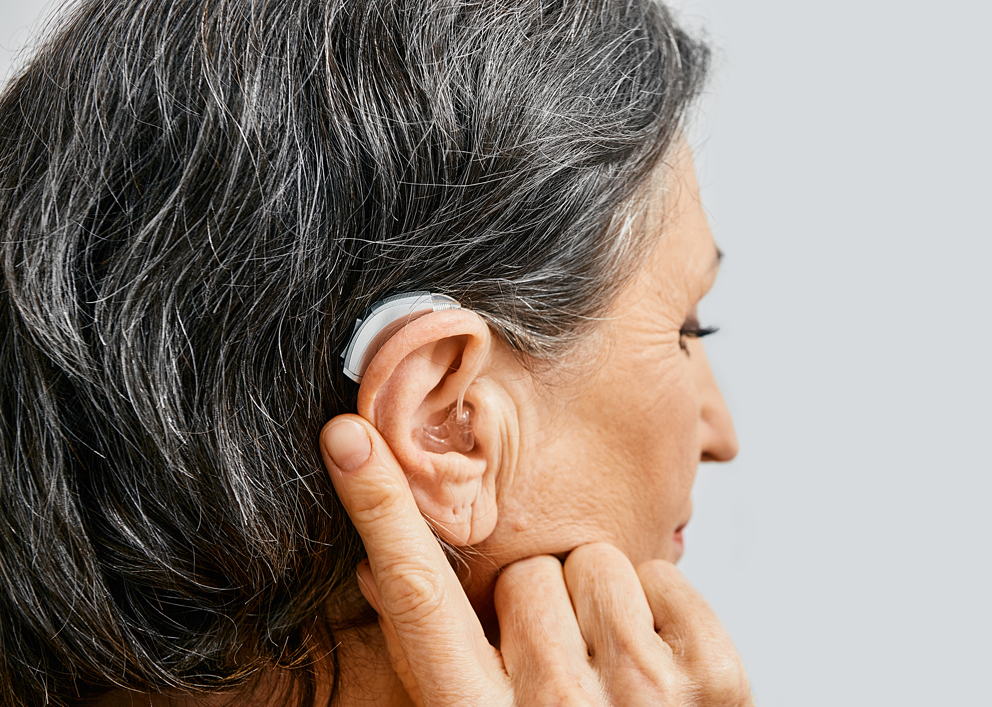
A professional fitting of a hearing aid can make or break the patient experience—if the device isn’t correctly adjusted to the patient’s needs, their experience won’t be as successful or comfortable. Use innovative technology and equipment, like Auditdata Measure, a suite of audiological equipment, to perform more efficient, accurate testing and fitting. Measure’s integrated solution helps you provide thorough testing and precise fitting. It’s fully-featured to include Real Ear Measurement (REM), speech mapping, and other tests to ensure that you provide Best Care Experiences to every patient.
By properly diagnosing each patient, understanding the severity of their hearing loss, and properly fitting their hearing aids, you can improve patient’s outcomes and successes with their devices. You can also help reduce high hearing aid return rates – which can be as high as 50% – that waste your clinic’s time, resources, and money.
Free guide - Everything You Need To Know About Real Ear Measurements
Discover the Importance of Real Ear Measurements (REM)
This guide will explain the importance of real ear measurements (REMs) in modern audiology and will dispel the misconceptions that may cause audiologists to avoid this test. We will also discuss the process for REMs, and the benefits of this approach.

Regular Maintenance & Aftercare
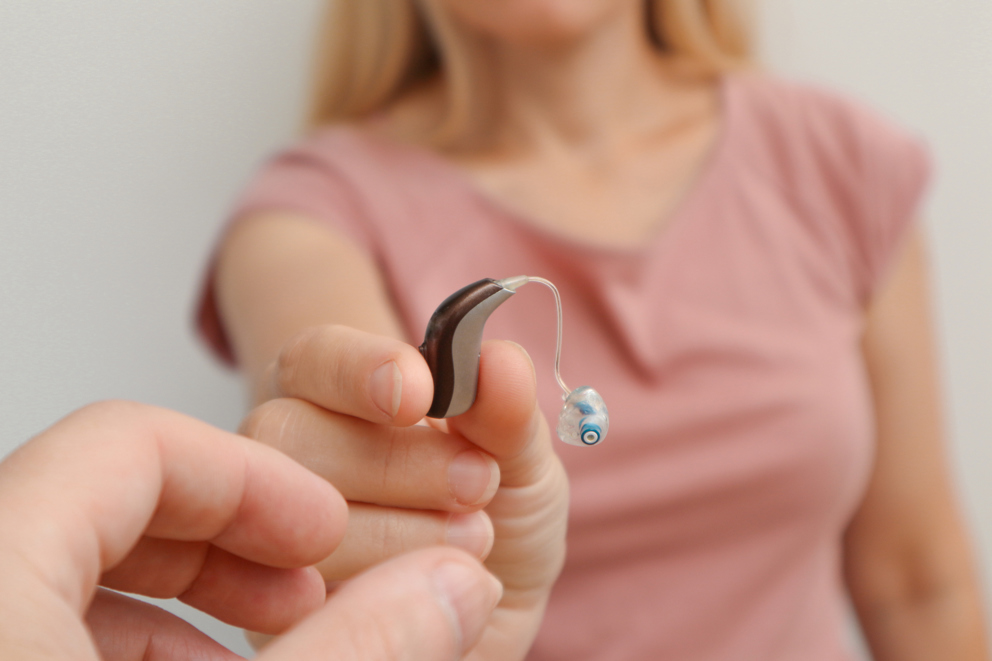
Patient relationships don’t end when they buy their hearing aids. Aftercare is an important part of the patients’ journeys. Patients may need periodic adjustments as they become accustomed to their devices, so schedule follow-up appointments at regular intervals to determine how they’re doing with their hearing aids, how they’re working, if the devices are comfortable, and if the patients have any questions or issues.
Once the initial adjustment period is over, schedule regular follow up appointments with each patient for ongoing maintenance and periodic adjustments, which are necessary to keep the devices working optimally and to help your patients get the most out of their hearing aids. Also, conduct regular hearing screenings to determine if a patient’s hearing has changed so you can adjust their hearing aids accordingly.
Regular maintenance is essential to keep hearing aids working well.
Daily Cleaning
Show your patients how to clean their hearing aids daily to prevent wax and debris buildup. Have them get into the habit of cleaning their devices daily. Tell them to make it part of their daily routine, like brushing their teeth.
Professional Check-ups
Have each patient schedule regular check-ups with you to ensure the device is functioning well, get a professional cleaning, and to get any necessary repairs or adjustments. Use your Practice Management Software to book these appointments, and set up automatic reminder emails and texts to boost show up rates and reduce no-shows.
Maximizing Battery Life
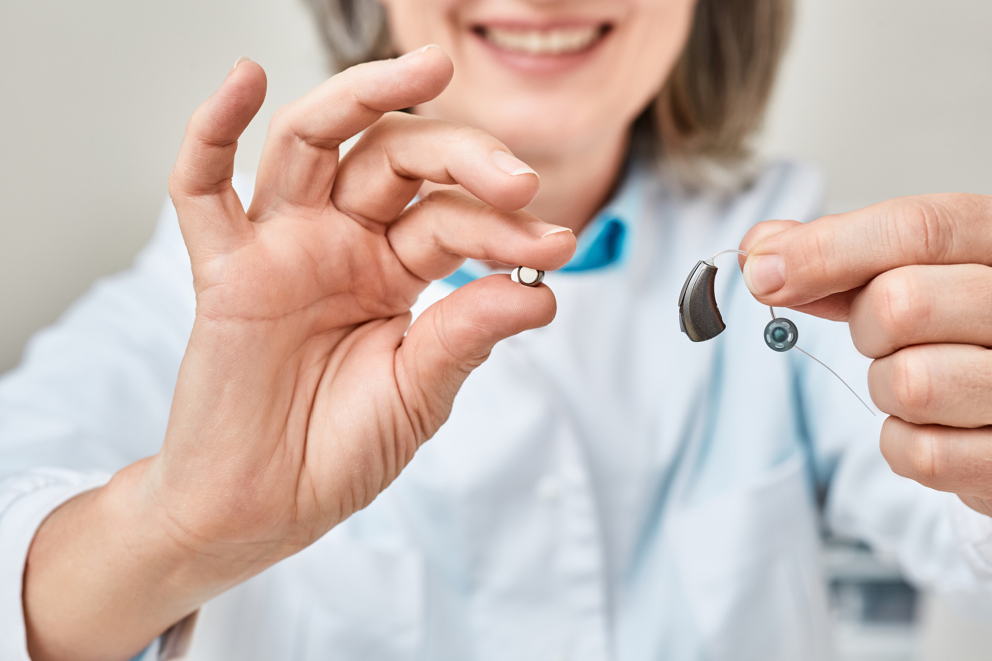
A patient can’t get the most out of their hearing aids if the batteries are dead, so provide tips on extending battery life, like turning off the hearing aids when not in use and using the right battery type. Also, tell your patients to purchase high-quality batteries that are not past their expiration dates. Patients should store batteries in a dry, air-tight container and keep them at room temperature. (Storing batteries at extreme temperatures can decrease their lifespan.)
Today, many hearing aids come with rechargeable hearing aids, which offer many benefits that some patients may prefer. For instance, people with dexterity issues may find it difficult to change tiny hearing aid batteries, so it’s often easier for them to use rechargeable batteries, which simply get plugged into an outlet. Rechargeable batteries are convenient and can typically provide a full day (14-18 hours) of use on a single charge. Many people also appreciate that rechargeable batteries are eco-friendly, reducing the waste that disposable batteries produce.
Enhancing Usage Through Accessories
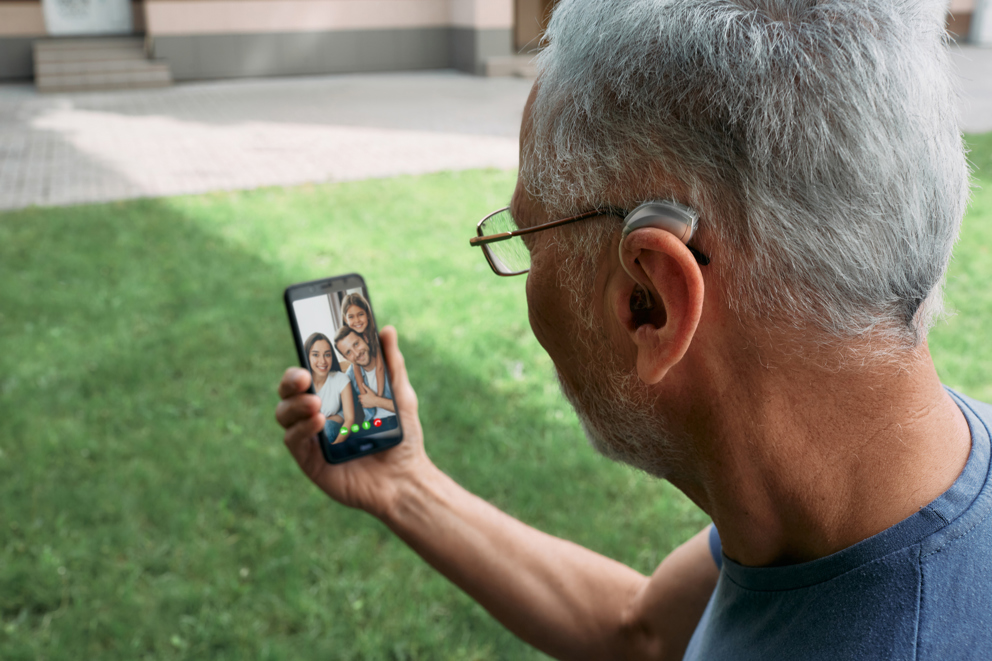
Introduce your patients to accessories that can enhance the hearing aid experience, such as:
Remote Controls
Remote controls connected to patients’ smartphones allow them to conveniently adjust the volume, settings, reduce background noise, and more. Users can reduce the background noise in their favorite pub to better hear conversations with friends. Runners can reduce wind sounds when exercising outside. Truthfully, this accessory would be helpful for any user to adjust the settings in different environments – like going from a loud restaurant to their quiet car – turning up the volume when chatting with a soft-spoken friend.
Streaming Devices
Streaming devices, which have wide appeal, connect hearing aids to a patient’s television, smartphone, iPad, or laptop, enabling users to more easily hear telephone calls, Zoom or Teams meetings, and TV shows, movies, songs, etc. Whether your patient is a busy professional needing to hear Teams meetings more clearly, a retiree watching TV, or a video gamer streaming their favorite games, streaming devices are very useful.
Protective Cases
Protective cases help patients safely store their hearing aids and accessories, keeping them safe from moisture, dirt, and debris – as well as damage from drops and falls. These cases come in a variety of styles, colors, materials, and price points.
Remote Microphones
Remote microphones are helpful accessories that allow people to stream conversations directly into their hearing aids. For instance, if a college student is attending a large lecture, the professor can speak into the remote microphone, which streams directly to their hearing aid. This accessory can be invaluable for people who attend large meetings, worship services, and even group fitness classes.
Troubleshooting Common Issues
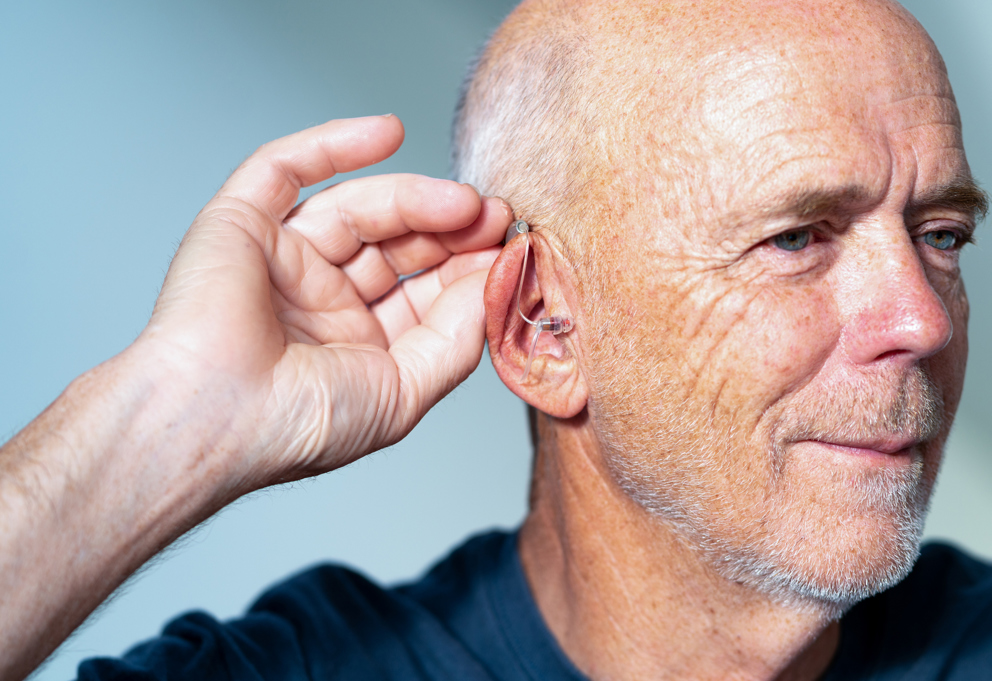
Include a section on your website spotlighting common hearing aid issues, such as:
Hearing Aid Is Weak or Dead
First, tell your patients to check the power switch. They might have forgotten to turn on their hearing aids, or may have accidentally hit the power switch while inserting their hearing aids, inadvertently turning off their devices. Next, have the patient check the volume to see if it’s turned all the way down. If that’s not the case, have them try replacing the battery. Or try cleaning the devices, in case they’re clogged with wax, dirt, or debris. They should come to the hearing clinic for assistance if none of these solutions work.
Feedback or “Whistling” Sounds
Have the patient remove and reinsert their devices, as some people hear feedback because their devices aren’t inserted properly. If that doesn’t work, have them turn down the volume. They may need to have the fit adjusted, or they may be a good candidate for acoustic coupling. Have them check their hearing aids and ear canals for earwax, as sounds can “bounce off” the wax, resulting in feedback. Check the tubing to ensure that it's properly connected to the hearing aid, and to determine whether the tubing has become brittle, hard, or cracked, which can lead to feedback. If the patient can’t resolve the issue, have them come to your hearing clinic for assistance.
Reduced Sound Quality
Have the patient replace the battery. Also, have them check to make sure the hearing aids are on the correct settings. Have the patient examine the devices for damage. If they can’t solve the problem, they’ll need to be seen.
Hearing Aids Got Wet
Put the device in an approved hearing aid dehumidifier or drying kit. Never try to dry the hearing aids in an oven, microwave, in direct sunlight, or with a hairdryer, all of which could permanently damage the devices.
The Devices Are Slipping out of Their Ears
If a patient’s devices are not staying in place, they may need a different sized hearing aid. They should schedule an appointment with you to determine whether the fit is correct.
Discomfort
Instruct the patient to double check that the hearing aids are properly inserted into the ears. If the patient just got their hearing aids, they may just feel “strange” as they’re getting used to wearing the devices. If the discomfort persists, the patient should be seen. They may need to have their hearing aids adjusted or refit to make them more comfortable.
Other Blogs You Might Enjoy:
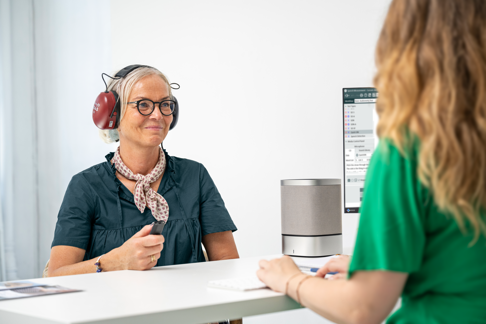
Best Practices in Audiometry: Achieving Accurate and Consistent Results
Audiometric assessments play a crucial role in diagnosing and managing hearing disorders, making it essential to ensure that the results obtained are both accurate and consistent. This article explores the best practices in audiometry, offering a comprehensive guide to optimize the assessment process and enhance the reliability of outcomes.

The Role of the Front Office in Maximizing Patient Retention
The front office staff plays a pivotal role in providing a Best Care Experience for every patient. This blog explains how your front office team can increase patient retention, enhance the patient journey, and improve patient interactions to maximize customer satisfaction, loyalty, and retention.

Unveiling the Age Bias & Adding Diversity in Hearing Aid Advertisements
Hearing aid advertisements often feature older, Caucasian people passively sitting in chairs while wearing their hearing aids, which feeds into negative stereotypes about hearing loss. To change the perception of hearing loss – and show that it happens to people of all ages, races, backgrounds, etc. – advertising and marketing efforts must become more inclusive. Read this blog for tips on how to accomplish this.
Don't Miss Out On the Latest Insights On Audiology
Sign up today to receive exciting updates, tips, and the latest newsletters from Auditdata.
